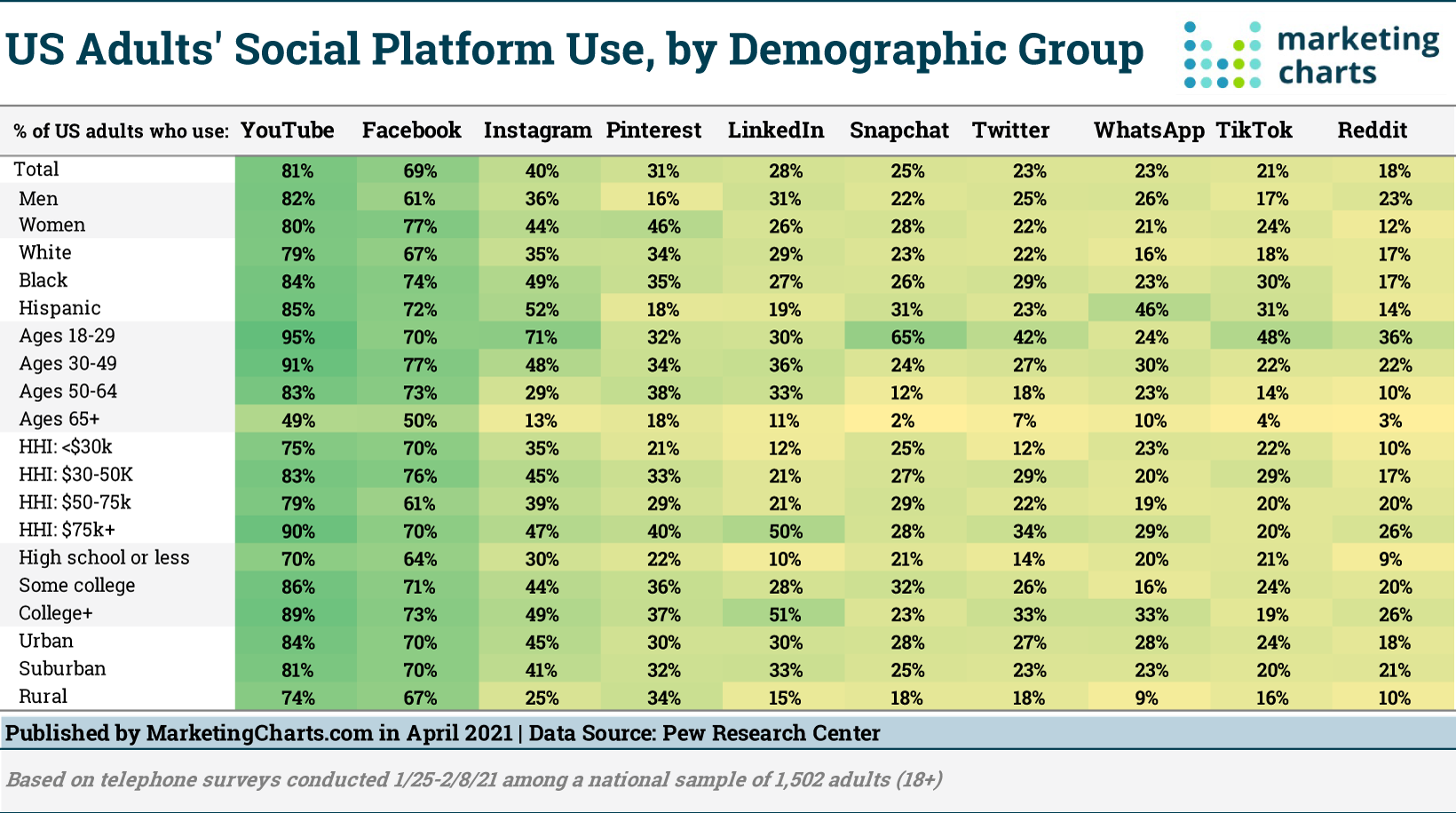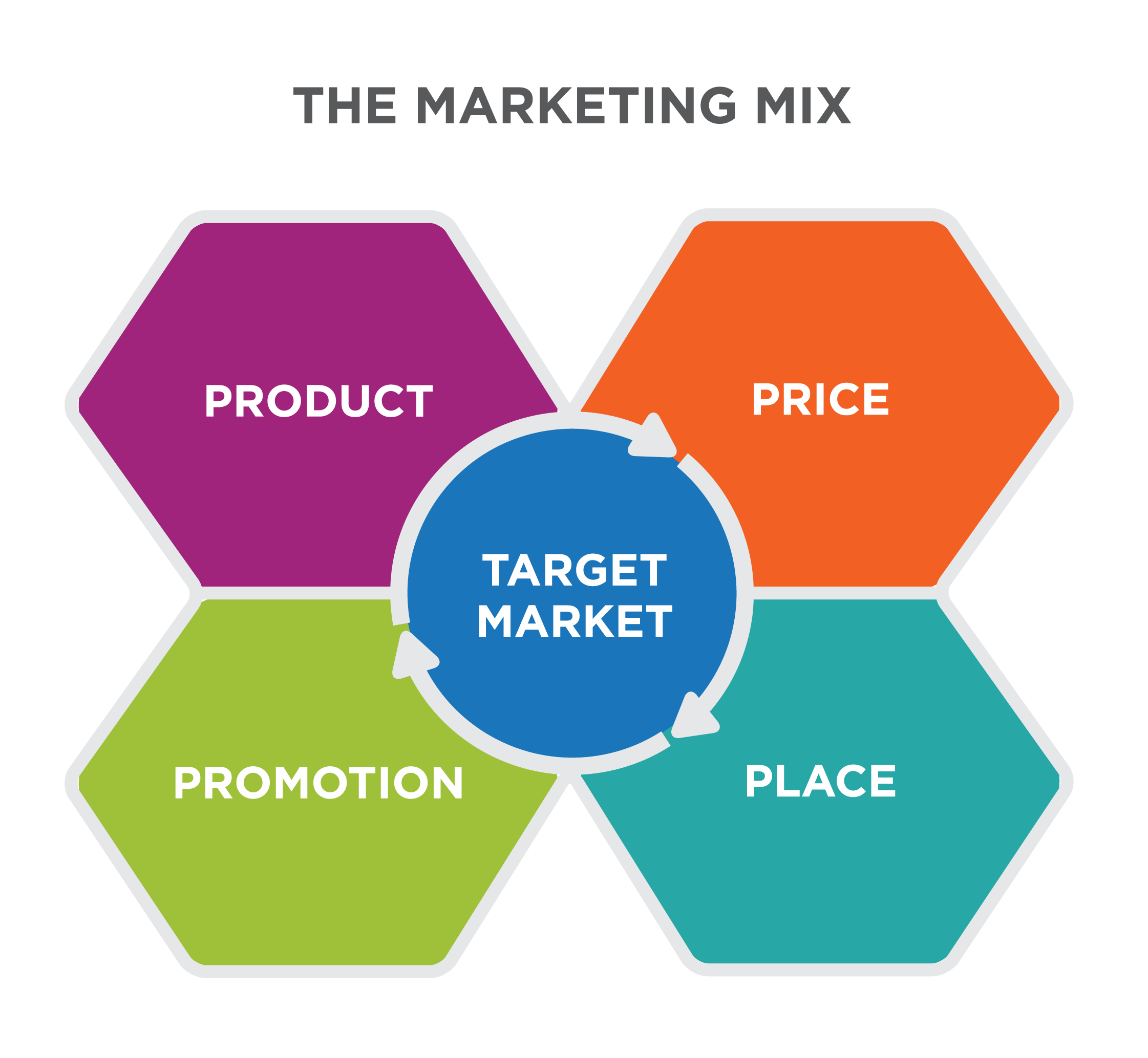
RSS (or "straightforwardsyndication") is a great way for you to keep up-to-date with any new content on your website. It's also a great way automate an email newsletter. Here are some ideas to get you started. Your settings can be modified to customize your feeds. But if you want to make it easier for your readers to subscribe, consider creating an RSS-powered email newsletter instead of manually writing and sending out a newsletter.
RSS stands to represent "straightforward syndication"
RSS is probably a popular way to syndicate and share your content. RSS stands to represent "rich site summary" and is a simple text file containing information about the content of your website. These text files are then plugged into a feed reader, which converts them into a stream of updates for your subscribers. RSS is customizable. You can modify your subscription preferences any time you like.
RSS subscriptions can be made through news aggregator websites. These sites pull information from many websites, and display it in one, machine-readable feed. This format lets you track a variety of websites in one news aggregator, which checks for new information on a regular basis. A reader can automatically download new content. This can be a time-saver and a cost-saving feature. To subscribe to an RSS feed, you simply enter the URI of the feed you're interested in and click "Subscribe" at the top of the screen.
RSS feeds are a great way to keep up with new content on a website

RSS feeds can prove to be an invaluable tool for salespeople and marketers. To convert sales and keep you informed, it is essential to be well-informed. However, RSS feeds have different benefits. Let's examine some of their advantages. They can also be read anywhere you go. RSS feeds are a great option for vacation reading. RSS feeds can be used to promote content on social networks.
The RSS feed is created by the website and delivered to a feed reader. When there is an RSS feed, most Web browsers of the current generation display an orange square icon. An RSS feed can be subscribed to and you can view new content from many websites. The content is presented in chronological order. By subscribing to a feed, you'll be notified every time the website posts new content.
You can customize your RSS feeds
The RSS feed builder allows you to specify a few basic settings for your feed. The RSS feed builder gives you the option to include or exclude specific spaces, track comments, and choose how many feeds to display. After you have made these selections, you can personalize your WordPress feed. The single license for this plugin is around $80. Feedzy has WordAi integration, caching and Gutenberg compatibility. Unfortunately, Feedzy doesn't have a free version.
Your first step to customizing your RSS feed is choosing which field to display. If the field is blank, type in the name of the feed. Next, choose the post title and link from the list. If the message's size exceeds 10KB, you can choose to automatically trim them. Complete any additional fields as necessary. Google Chrome lets you inspect your website's source code by selecting the "Inspect Link” option.
RSS feeds make it easy to automate an email newsletter

An email newsletter is one of the most effective marketing tools available today, but in order to be effective, it needs to be delivered consistently and offer value to its subscribers. The process of creating a newsletter can be time-consuming. Instead, you should focus on providing value to your subscribers. RSS to Email tools can be used to automate the curation process and create your email newsletter. You simply create a schedule and set up your campaign.
RSS to email services allow you to automatically send out emails based on articles in an RSS feed. These services allow you to create a custom template for your newsletter, and then automatically send it out to your list whenever you post new content. They also let you choose the frequency at which you send your emails. You can combine RSS feeds in one newsletter. This can be beneficial if you regularly post new content on your blog.
FAQ
What Does SEO Stand For for Small Businesses?
Small businesses face the greatest challenge today: competing with larger companies that spend millions of dollars on advertising. Search Engine Optimization (SEO) allows smaller businesses to take advantage of this same marketing power without having to break the bank.
Where can you find your keywords?
Consider what type of products or services your company offers and who your ideal customer might be before you start looking for standard terms. Once you've got your list of phrases, you can use tools like Google Keyword Planner to see what phrases people are searching for or go directly to popular search engines like Bing, Yahoo, and DuckDuckGo.
What is an SEO Campaign and How Does It Work?
An SEO campaign is a series of activities designed to improve the visibility of a particular webpage or domain name in search engines like Google, Bing, Yahoo, and others. These activities include optimizing page titles, meta description tags and URL structure.
Keyword research is a key part of SEO campaigns. This involves identifying keywords that are likely to increase organic traffic. Once keywords have been identified, they must be optimized throughout the entire website, from the homepage to individual pages.
Statistics
- Which led to a 70.43% boost in search engine traffic compared to the old version of the post: (backlinko.com)
- Sean isn't alone… Blogger James Pearson recently axed hundreds of blog posts from his site… and his organic traffic increased by 30%: (backlinko.com)
- A 62.60% organic traffic boost to that page: (backlinko.com)
- 64% of marketers actively create SEO campaigns because they help hit multiple key performance indicators (KPIs), including increasing traffic, helping your site rank for relevant keywords, improving your conversion rate, and much more. (semrush.com)
- And 90%+ of these backlinks cite a specific stat from my post: (backlinko.com)
External Links
How To
How do I know when I'm doing good SEO?
There are several ways you can tell whether or not you're doing great SEO:
-
Your bounce rate should not exceed 30%. Users will leave your website without clicking on any other links. A high bounce rate indicates that your audience doesn't trust your brand or isn't interested in what you're selling.
-
Multiple pages are visited by visitors to your website. This indicates that people are actively engaging with your site, and finding useful information.
-
Your conversion rates are improving. Your audience is aware of your product and wants it to be bought.
-
Your average time on site is increasing - people spend longer viewing your content.
-
This is a good sign that you are doing great SEO.
-
You are receiving more shares on social networks - this means your content is being shared and reaching other audiences than your followers.
-
You are getting more comments in forums - this means that people respond positively about your work.
-
Your website will get more engagement - you'll see more likes. Tweets. Shares. Likes.
-
Your rank in SERPs is rising, a sign that your hard work is paying off.
-
You are receiving more leads through your website. This indicates that people found your website by accident and are now contacting it.
-
Your sales are rising - this is a sign that people who found your website while searching for your services and products are buying them.
-
You get more views and comments on your blog posts, which means that people find your content useful and interesting.
-
More people subscribe to your email newsletter means you have earned their trust enough to allow them to receive updates on your business.
-
Sales are rising - this shows that people like you and your products so much that they are willing to pay for them.
-
You've got more followers on social networks, showing that your fans share your content and engage with your brand.
-
You're getting more PR mentions - this shows that journalists are talking about your brand online. This helps spread awareness about your company and boosts your reputation.
-
This indicates that other companies have also recommended your brand.
-
People continue to return to your website. This is a sign that your customers are satisfied with your work, and will return again and again when they need your assistance.
-
Your competitors are losing ground. They didn't invest as heavily in their SEO campaigns. This makes them appear bad.
-
Your brand's image changes - this indicates that your brand has gained popularity among a new set of customers.